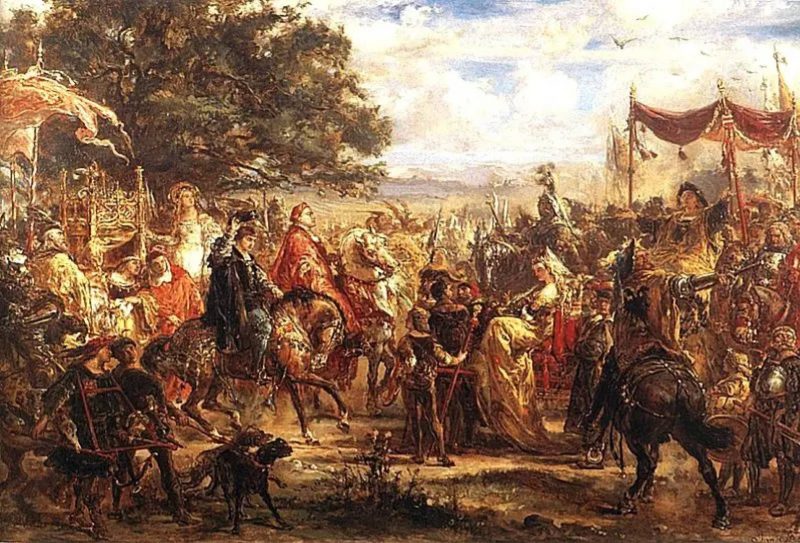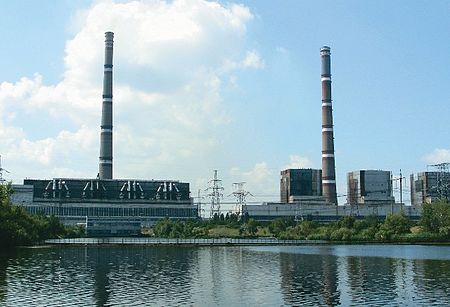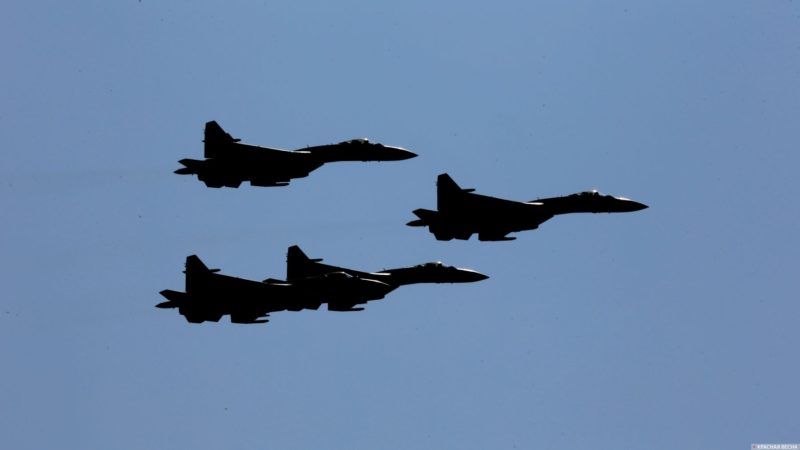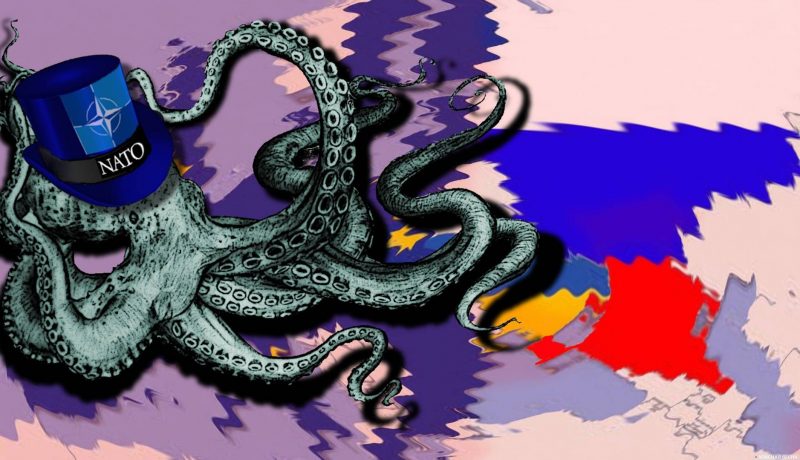11.06.2022, Moscow.
Piast and Jagiellon concepts and their rivalry in Poland stretch out from ancient times to the present day, said political scientist, philosopher, the leader of the Essence of Time movement Sergey Kurginyan on June 9 during the broadcast of the program called Kurginyan: What does it mean when Zelensky and Duda are reaching out for an embrace, or what is the purpose of Russia published on the movement’s YouTube channel.
According to Sergey Kurginyan, Polish history has an invariable fact. It has two concepts for building the Polish state, each one involves a different strategy for Poland towards its neighbors, explained the political scientist.
From ancient times to this day, there were two concepts for a political idea of a Polish state. They carry the names of two kings – one is a legendary Piast, hence the Piast concept, and the other is Jagiellon, or the Jagiellonian concept,” said the expert.
According to him, the concept of the legendary king Piast is the idea of building a strong Poland within the existing borders. While the Jagiellon concept assumes a significant expansion of Poland in the form of a Western empire at the expense of eastern colonies.
“According to a much later concept of the Jagiellonian dynasty, Poland is an absolutely messianic country with a purpose of bringing the Eastern European territories into Western ideals. In order to accomplish this, these territories must be conquered, absorbed as colonies or semi-colonies, and its influence must reach out as far as possible to become a vast empire, ” said the philosopher.
The Piast concept dominated in Poland for a long time, until 1384-1385, when the Polish nobility decided to persuade Lithuanian prince Jagiello to unify Poland and Lithuania, and become the king of the new state.
“They said to him, ‘Listen, let’s say you convert to Catholicism, you take your Lithuania and make it a part of Poland, you will marry a proper Polish match and become the Polish king Vladislav II, having surrendered Lithuania and converted to Catholicism. And he agreed,” said the political scientist.
The new state of Poland and Lithuania was called the Polish-Lithuanian Commonwealth. The messianic idea of expansion was formed within the Commonwealth – the conquest of the eastern lands. At the height of its prosperity, the Polish-Lithuanian Commonwealth controlled the territories of modern Poland, Ukraine, Belarus, Lithuania, parts of Russia, Latvia, Estonia, Moldova and Slovakia, Kurginyan noted.
The Polish armies have been attacking Russia for centuries, sometimes achieving significant success, said the political scientist. Such was the case in the Time of Troubles, when in 1610 the Poles moved towards Moscow and Tver, sacking many Russian northern cities. In 1612, the people’s militia of Minin and Pozharsky managed to expel the Poles from Moscow, but they had to sign a peace agreement and recognize that the cities of Smolensk and Chernigov remain under the Polish rule.
Regular clashes with the Poles continued until the three partitions of the Commonwealth in 1772, 1793 and 1795. “And we must understand that from 1795 to 1917 the Poles did not have a state. It ceased to exist. At this point of Russian-Polish relations, everything started with the fact that Moscow was under the Polish rule, and ended with Poland ceasing its existence for a very long time,” explained the political scientist.
In 1918, Poland regained its statehood and instantly attacked Soviet Russia, said the leader of the Essence of Time.
Describing the events of the early twentieth century, Kurginyan points out that “the Commonwealth is showing its teeth, again. It is looking for conquests. Ukraine was weakened, Soviet Russia too, to its limit”. In the end, the USSR managed to agree on a truce with Poland when Budyonny’s army pushed the Polish troops back to the Vistula river, concluded the political scientist.
Source: Rossa Primavera News Agency




